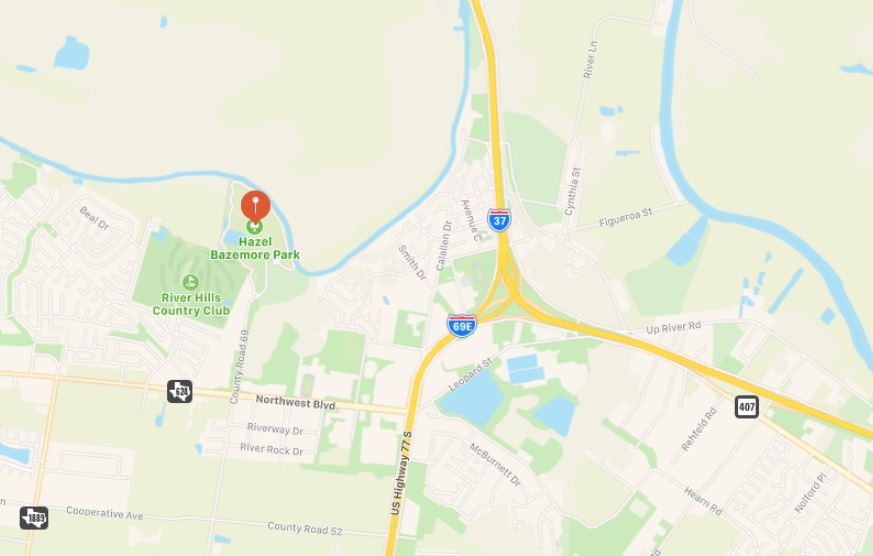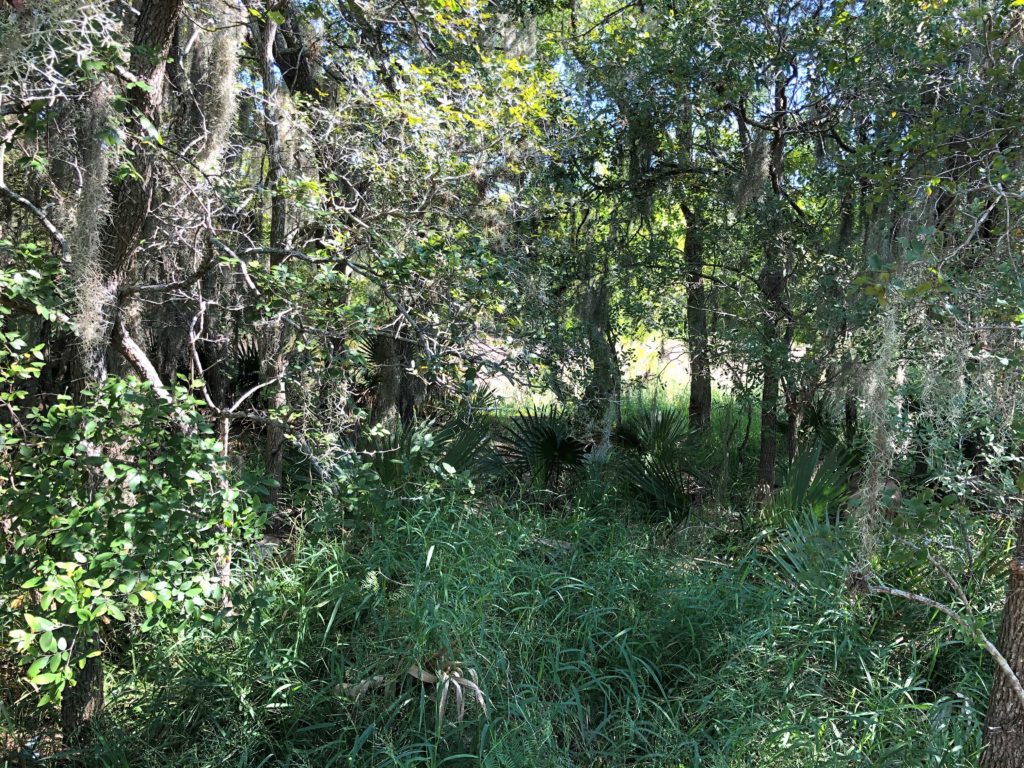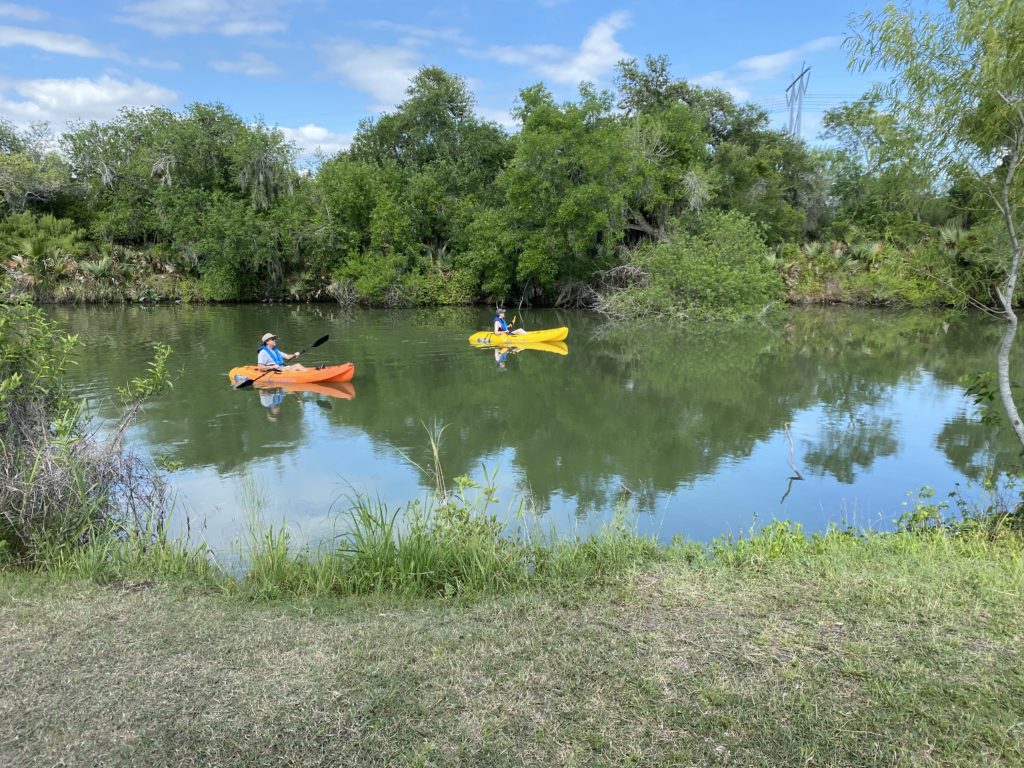Hazel Bazemore County Park
Older Plant ID Helps
VIDEOS FROM THE VIRTUAL SESSION BEFORE THE FIELD DAY
Essay on LANDSCAPE OF HAZEL BAZEMORE PARK
Facebook Page for Hazel Bazemore County Park
Facebook Page for HawkWatch at Hazel Bazemore
HawkWatch International Website for Corpus Christi




About Hazel Bazemore Park
Several major flyways converge at this one location, making Hazel Bazemore Park one of the most unique locations in the nation for Hawk watching. This 77.6 acre park located on the Nueces River boasts the highest concentration of migrating raptors in the United States. Hawk enthusiasts have known about it for more than thirty years, and formal counts have taken place there since 1990. Picnic facilities, swimming and fishing along the Nueces River.
The City’s Northwest side offers some of the best bird watching opportunities for bird lovers. Located on the Nueces River, Hazel Bazemore Park offers hawk watchers and bird enthusiasts a prime location to see birds migrate. Each spring and fall people gather to watch thousands of hawks fly overhead. The 77.6-acre park also includes a wetland, pond, and woodlands. Birding kiosks are located throughout the park. Labonte Park, at the city’s entrance, offers great views of the Nueces River as well as fishing and kayaking opportunities.


